An Age-Old Theory
When I decided that I wanted to take up golf, my dad bought an old set of forged Titleist blades for me (with persimmon woods, to boot). This was around 2003. Forgiving clubs existed, but he was convinced that playing blades would make me a better golfer.
This idea is not unique to my dad. Tiger has made similar comments about the clubs that he’s provided for his son, Charlie. It’s a theory you can find being espoused in every golf forum, club house, and driving range in the world…but is it true?

Yes, Blades Will Make You a Better Ball Striker
First, blades provide better feedback than game improvement (GI) or super game improvement (SGI) irons. There are two elements of this. One is the feedback you get through your hands. On the whole, blades will more clearly communicate where the ball met the face compared to forgiving irons. There are many GI irons which have good feedback, but some will try to convince you that you’ve flushed every shot.
The more important form of feedback is the result of the shot. The entire purpose of GI and SGI irons is to take poor strikes and create playable results. With a blade, you typically get the result that you deserve. On a thin strike, for instance, a blade will fire off a knee-high shot where a GI iron with a low center of gravity will lift the ball onto a more normal trajectory.
Through both the sensation in your hands and the result of the shot, blades give golfers a clearer, more honest picture of their ball striking. This is critical if you want to get better. If you are being told that every swing you make is Tour quality, there’s no impetus to change anything. When your hands are stinging and your shots are low, short, and crooked, there’s more motivation to get to work.
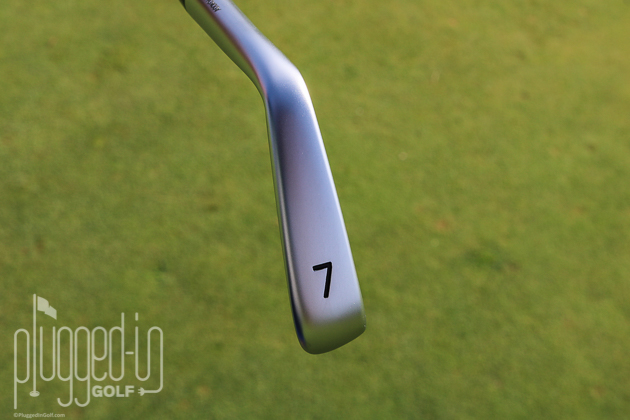
Another way that blades can improve your ball striking relates to turf interaction. Blades traditionally have thin soles with limited bounce. GI and SGI irons have wider soles with more bounce to avoid digging. With a blade, you won’t be able to get away with slightly fat shots the way you can with larger irons.
There is also a psychological element to playing blades that can’t be ignored. When I look down at a paper-thin top line, I know I need to focus to get a good result. Looking down at an iron the size of a Honda can cause me to relax knowing that any strike will produce a decent result. In addition to demanding more focus, blades can imbue a player with pride and confidence. This won’t be the case for every golfer, but many players will stand a little taller because they’re playing “real players clubs.”
Finally, blades make it easier to manipulate ball flight. This can unlock more creativity and learning about shotmaking. To be clear, every iron is capable of shot shaping, but, as a general rule, it’s easier to control trajectory and shot shape with a blade than a large SGI iron.
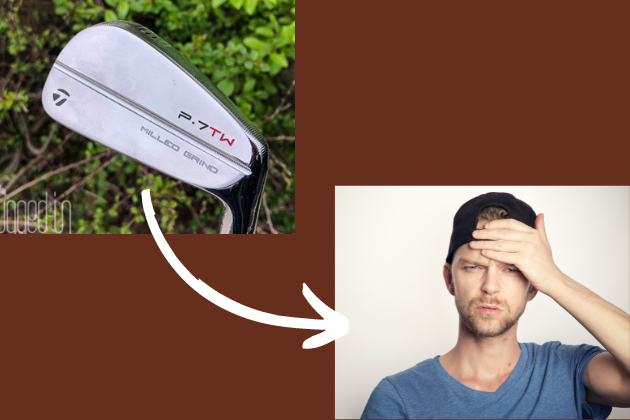
No, Blades Won’t Make You a Better Ball Striker
Feedback is a wonderful thing, but it doesn’t mean anything without the work, or perhaps more correctly, the will and desire to work. If I am unhappy with my weight, knowing exactly how many pounds I am does nothing to change it. If I am unhappy that I am weak, knowing that I can only bench press 50 pounds does nothing to move me toward 300. What makes me better is the work I put into getting better.
Additionally, the feedback that blades deliver requires interpretation. If you give a blade to a new – or even a seasoned – golfer, they may not be able to tell you where the ball met the face. They may not understand that a low shot is the result of hitting the bottom groove. Perhaps they will learn in time, but that knowledge is not magically imbued to them when they put their hands on the blades.
Furthermore, the blade does not tell the golfer what they should be doing with their body or their swing. While I’m no fan of internal cues, I do recognize that they can be important to some golfers, particularly beginners. If a player is consistently hitting the heel of the club, what does that mean? What if they are consistently missing but not in any consistent way?
Similarly, while blades allow players more freedom to shape their ball flight, playing blades does not give them the knowledge they need to control it. A golfer needs a sound understanding of the ball flight laws [you can learn them HERE] if they’re going to become a shot maker. Putting a player behind the wheel of an F1 car does not make them a racer. Handing someone a Stratocaster does not make them Stevie Ray Vaughan.
While blades can have a positive psychological effect, the effects can be negative, too. Some players find blades intimidating. While blades demand more focus, focusing is a skill that is not granted simply because one is playing blades. Additionally, the consistent negative feedback of bad shots may lead some players to practice less or quit altogether.
So the Short Answer Is…
Yes, blades will make you a better ball striker – with a few big ifs. If you are willing to put a lot of effort into practice. If you understand the feedback that they’re giving you. If you understand the ball flight laws and how they allow you to manipulate trajectory and shot shape.
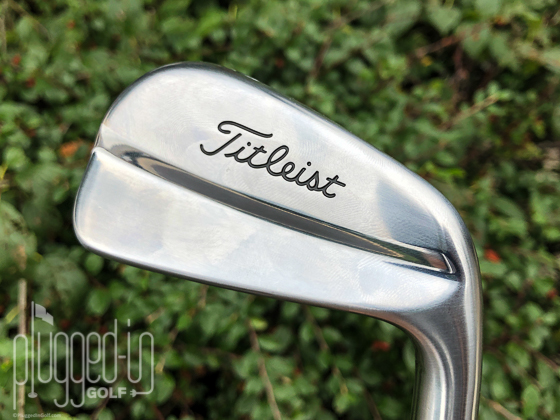
Give It a Try
If you’re interested in using blades as an avenue to better ball striking but don’t want to see your handicap skyrocket, I have a plan. Head to your local golf shop or secondhand sporting goods store and find some old blades. You can buy a set, a half set, or just a single iron. Regardless, the cost should be quite low. If you don’t have a local shop, use eBay. I found dozens of good candidates under $100 with my first search.
Step two is getting the shaft aligned with your own. This will cost a little bit of money, but it will be worth it. Your old blade probably has an old, heavy, stiff steel shaft. Get a club builder to install the same shaft you use in your irons and the same grip.
You can also cut out a step by ordering a single modern blade built to your spec. Depending on your shaft and choice of OEM, this could cost from $100 to $200.
Now take that iron to the range and get to work. You can experience all the unfiltered feedback that you can stand while still enjoying your modern clubs on the course.
He founded Plugged In Golf in 2013 with the goal of helping all golfers play better and enjoy the game more.
Matt lives in the northwest suburbs of Chicago with his wife and two daughters.
- Performance Golf Click Stick Training Aid Review - October 18, 2024
- Callaway Opus Platinum Wedge Review - October 17, 2024
- When to Take a Break from Golf - October 15, 2024


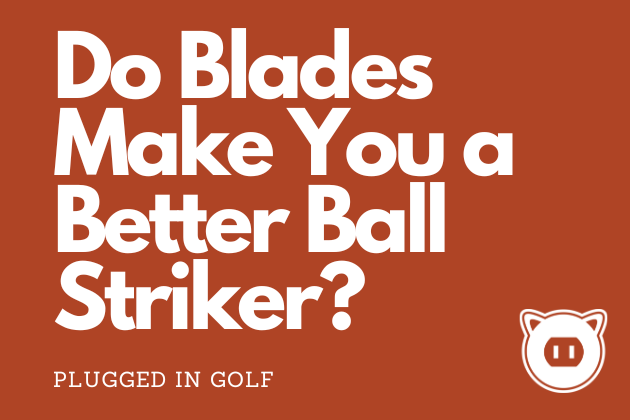
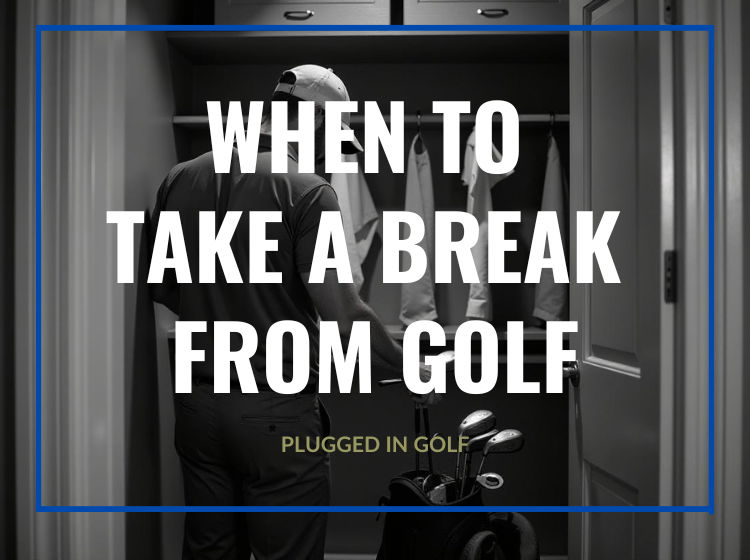
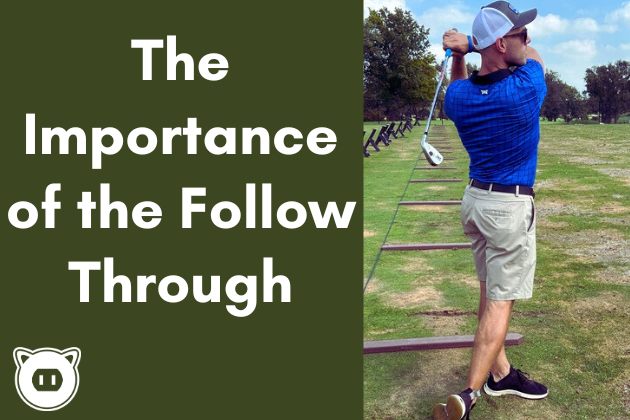
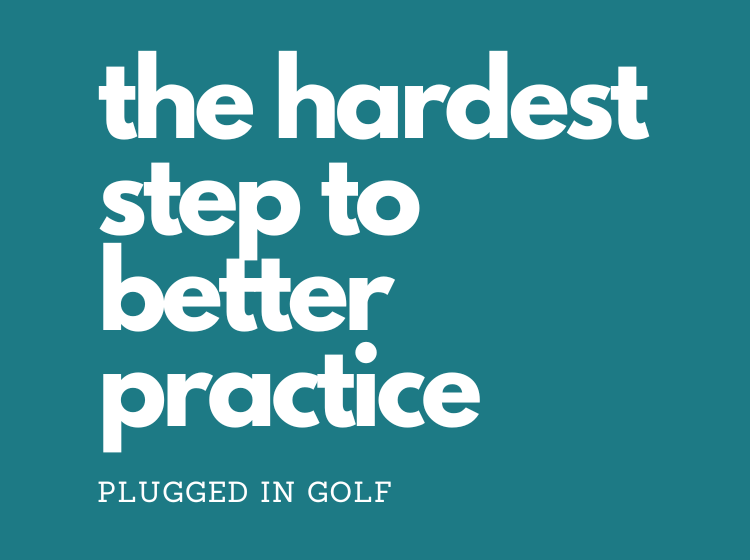









21 Comments
Matt, good article as always … especially the “plan”.
This is a very good article. I have played blades most of my life and learned the game with them. I find that i get sloppy with my ball striking when i play perimeter weighted irons over time. Im not anti gi irons at all, they just don’t work as well for me. My distance control with blades is far better somehow. It also should be mentioned that many blades are pretty forgiving on the heel side. The toe is dead though.
Matt your experience and knowledge of the game shines through again. I like you started with blades(still play them a lot) It really irritates me that so many people preach you shouldn’t hit blades because of this that or the other jezzz. People listen and try blades. You will fail with a lot of shots but when you succeed it’s just pure bliss. Matt love your work, also your podcast are top notch.
Spot on. Great article… great advice.
Thanks, Matt. I bought new set of GI’s last year, as recommended by one of my club pros, and wish I had gone with my own instincts and gone to a blade. Lost my draw, shaping , confidence and some of the enjoyment of the game! I like your eBay plan.
My major diff between Blades and GI irons is basically being able to ‘control’ blades shot flights and fades and draws. Blades look better looking down on the club. But you have to have a ‘good’ swing to maximize the shot success..
Switched to traditional lofted forged blades a couple of years ago. Bought a slightly used set of heads and a set of pulled iron shafts from EBay and put them together for about $600.
They give me more consistent spin and carry distance than any irons I’ve ever played. They get through the turf crisply. They also look and feel better than my previous sets.
They do not prevent me from the occasional mishit but I don’t get the odd fliers that go 10-15 yards further than expected either that used to happen regularly with my forgiving sets.
My 9 iron now has the same loft as my old pitching wedge. So I play 4 wedges now instead of 5. My yardage gaps are better too.
Playing better than ever and enjoying the game more because of my blades.
I’m 39 and just started getting into golf this year due to my 7 year old taking lessons and wanting to understand and support his interest. I took 20 hours of lessons to make sure golf was something I would stick with before investing in any clubs. I found a set of Taylormade Rac MB’s on Precision 6.0 Rifled flighted shafts 4-pw with brand new Golf Pride grips for $150 at an Edwin Watts and pulled the trigger. The first lesson with them, I thought I had made a mistake. I made the decision to stick with them and learn what the different hand numbing vibrations meant. Eight months, thousands of cuss words and range balls later, I couldn’t imagine switching to GI irons and getting the same level of satisfaction from them.
Could not agree more with this article and proved this to myself over the winter. Another good cost effective option is Handmade Stix by Larry Bobka. I also found using graphite (UST Mamiya Dart 105g) helped add some dampening as well as trajectory assistance in your first experiment.
Excellent article as always, Matt. I made a commitment this year to become a better ball striker. So, at 33 years old, I bought a set of blades for the first time. However, gave myself one condition. I had to wait until I had enough money to purchase blades and a launch monitor. Luckily the MLM2Pro got released at a much lower price than I was anticipating spending, so I jumped on it. The insight I’ve been able to utilize from watching my swing on video (impact vision is a big eye opener as well), coupled with instant access to shot and ball metrics as been priceless. It’s only been two weeks, but I believe I have already corrected some major flaws in my swing, and it should only get better from here. So, thanks for confirming that my wild hair may have been the best golf purchase I’ve ever made. Now, if I can only convince the wife.
All the best,
Ben
Recent experience on this. Was getting fit for PXG Gen6 P’s. Hitting just ok. Tried the 0317 cb’s (not a pure blade, but close). Strike after strike I hit the thing pure and yes I was paying a lot more attention to putting the club on the ball.
I’m not supposed to be able to hit those as they are marketed for “elite ball strikers”. I’m about a 14 hcp. Told the fitter at the time, “they’re making me swing better”. So pretty timely article for that experience :). He fit me into the 0317’s.
Jim,
You won’t regret it, those irons are awesome!
-Matt
interesting article and i really like the idea of a single blade to practice with. Also, it seems like a good time to start when it not freezing cold for all that brutal feedback through your ice cold hands when you thin one…
James,
Well said. Blades – particularly older ones – are doubly brutal in the cold.
Best,
Matt
“an iron the size of a Honda” hahaha great line!
Often overlooked is how the club looks in your hand when you sole the club. The club has to look good to you for YOU to get max performance out of it. Those of us that grew up with blades, steel, and balata will prefer the blade look until they throw us in the ground and shovel the dirt. But the beauty of modern irons is that you can have your cake and eat it too because a blade in 2023 is indeed a game improvement club compared to 1975, especially when modern fitting techniques are employed. And many of the “players” distance irons are plenty close enough in looks to a traditional blade but with tons of forgiveness to make them an excellent choice for those who prefer a blade look. All of this is to say if you have reasonable skills as a golfer don’t be afraid to give the blade or players distance irons a thorough look. There’s every chance you might just hit them that much better than your game improvement set.
Matt,
Love this article. I have an almost full set of MacGregor Mike Souchak blades from the ‘60’s. I love taking them out from time to time. They are the first clubs I played and still inspire more precise shot making. Think it’s time for another round with the old blades.
Great article! There is also the performance aspects. Blades have more mass in the hitting area, and that translates to a truer more consistent flight and far superior distance control.
Thank you for this.
Frankly, I think it’s a little presumptuous of people to say you can’t and shouldn’t play blades if you’re not scratch or currently aren’t an elite ball striker. I feel one must simply be aware of what they’re getting into and what blades will require practice wise. Then they must be willing to commit.
To suggest one cannot learn? I have always found that to be a bit conceited. Most of us aren’t playing for money. The pursuit of the highest level of skill is meaningful to some of us.
Maybe we don’t get there. Maybe we do. Yet, if one commits, maybe they’ll get close enough to be happy.
Thanks again.
We all play the game for different reasons some to play in competition, some to lower their handicap, others to improve technique, some to do all three of the above but at the end of the day 99.999 per cent recurring are never going to make a living at it so be selfish and enjoy and do your own thing, the game is yours to enjoy.
This is a brilliant article. I’m a 15 and have recently bought some P7MC 23( I know they are not true blades but they certainly aren’t GI) I’ve had they 6 months and I love them. Yes the drop off massively on tow miss hits and are prone to more fats but my goal is to be a great ball striker and these clubs give me all the feed back I need to get to that goal. The fact the look so god damn pretty also helps keep up my enthusiasm for them to in my bag and practice a couple of times a week.
Great article and reaffirmed what I was thinking. So many try a knock players fir playing blades unless they are scratch but I think allot of this is envy or jealousy.